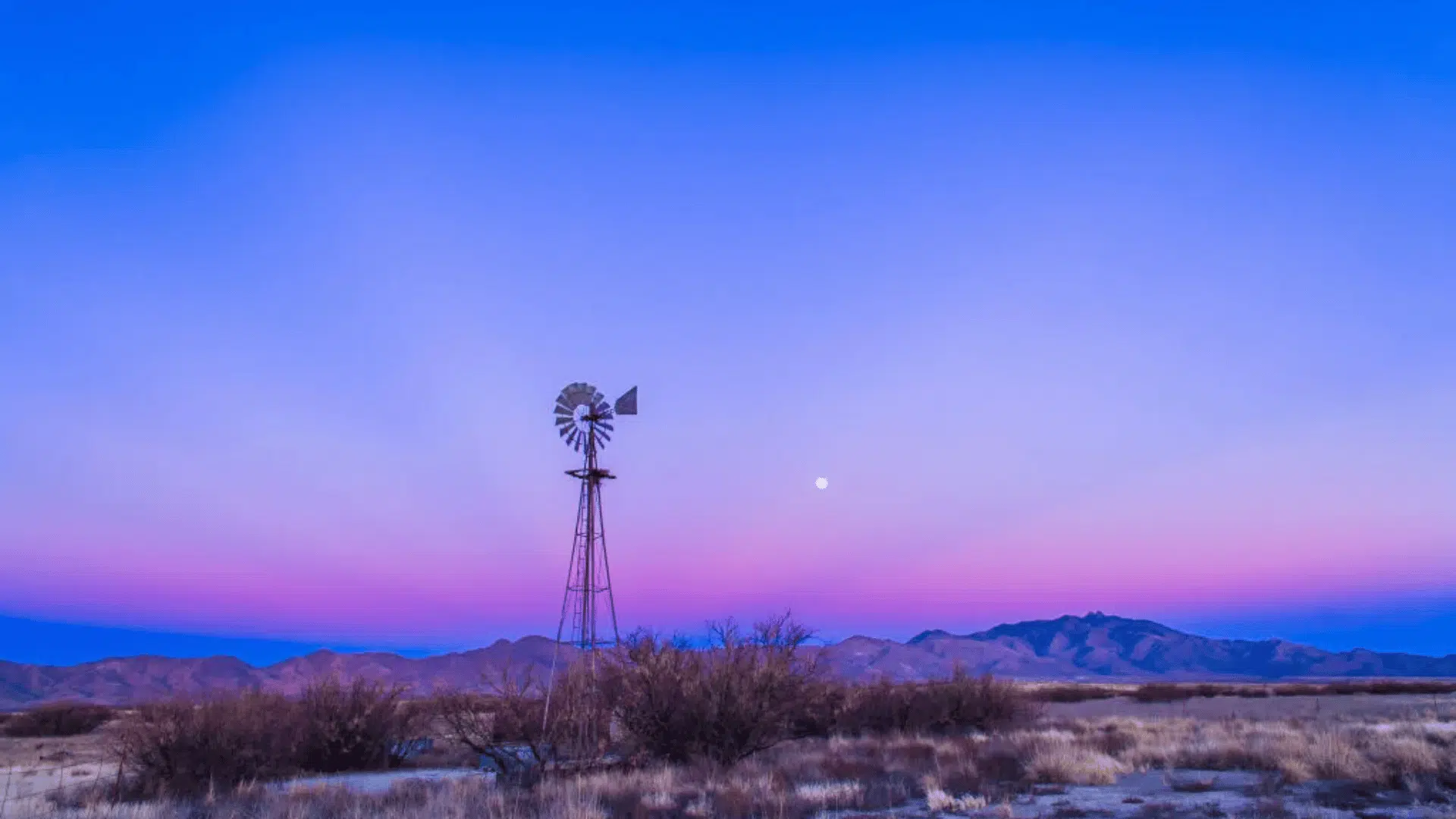The belt of Venus is one of nature’s most beautiful sky displays that happens every day, but many people never notice it.
This amazing pink or purple band appears in the sky during sunrise and sunset, creating a stunning visual show for anyone who takes time to look.
The belt appears opposite to where the sun rises or sets, making it easy to miss if people only watch the sun itself.
Learning about this natural phenomenon helps people appreciate the simple beauty that surrounds them every day.
Understanding when and where to look for the Venus allows anyone to enjoy this free natural light show that happens regularly.
What is the Belt of Venus?
The belt of Venus is a pink or reddish band that appears in the sky just above the horizon during twilight hours when the sun is rising or setting.
This beautiful atmospheric phenomenon looks like a glowing ribbon stretched across the sky, separated from the darker blue shadow below it by a distinct line.
The belt typically appears about 10-20 degrees above the horizon on the opposite side of the sky from where the sun is located.
Most people can see this colorful display with their naked eyes without needing any special equipment like telescopes or binoculars.
The colors range from soft pink to deep rose or purple, depending on atmospheric conditions and the amount of dust or pollution in the air.
How the Venus Belt Forms


Image Source: BBC Sky at Night Magazine
The belt forms when sunlight passes through Earth’s atmosphere and gets scattered by air molecules and tiny particles floating in the sky.
During twilight, the sun sits below the horizon, but its light still travels through the atmosphere and illuminates the upper sky while the lower sky remains in Earth’s shadow.
The pink or reddish color of the belt comes from sunlight that has traveled through the extra atmosphere, scattering away blue light and leaving behind warmer red and pink tones.
The dark band below the belt is actually Earth’s shadow being cast onto the atmosphere, creating a beautiful contrast with the pink glow above it.
This entire display only lasts for about 15-20 minutes during each sunrise or sunset before fading away completely.
How to See the Venus Belts in the Twilight Sky
Learn when, where, and how to see the Venus Belt, the stunning pink twilight glow opposite the setting sun.
- Timing: Timing matters most when trying to spot this phenomenon, so arrive at your viewing location about 20 minutes before sunrise or after sunset for best results.
- Location: It should provide a clear view of the horizon opposite from where the sun rises or sets, away from buildings and trees that block the sky.
- Weather: The conditions need to be clear or partly cloudy because heavy clouds will hide the Venus belt from view completely.
- Pollution: The dust in the atmosphere actually improves the colors, making the pink band more vibrant and easier to see in urban areas.
- Patience: It helps because the display develops gradually, and colors become more intense as twilight progresses through different stages of darkness.
- Photography: It captures the Venus belt beautifully using a wide-angle lens and a tripod, though the human eye often sees colors more vividly than cameras.
The Science Behind the Belt of Venus


Image Source: BBC Sky at Night Magazine
The Belt of Venus might look like a magical pink ribbon in the sky, but it’s actually a result of simple atmospheric science. The table below explains how this natural phenomenon happens:
| Scientific Aspect | Explanation |
|---|---|
| Rayleigh Scattering | The Belt of Venus forms due to Rayleigh scattering, where sunlight interacts with air molecules and tiny particles in Earth’s atmosphere, spreading the light in different directions. |
| Sun Below the Horizon | During twilight, the sun sits just below the horizon, yet its light still travels through the upper layers of the atmosphere to illuminate the sky opposite the sun. |
| Light Travels Through More Atmosphere | Because the sunlight moves through a longer path, the shorter blue and green wavelengths scatter away, leaving behind the warmer red, orange, and pink tones that give the Belt its color. |
| Earth’s Shadow | The darker band seen below the pink glow is Earth’s shadow cast onto the atmosphere, a clear boundary where sunlight cannot reach directly. |
| Everyday Beauty | This simple process shows how ordinary sunlight and air can create one of nature’s most breathtaking daily sky displays. |
How the Venus Belt Got Its Name
The belt of Venus gets its name from Venus, the Roman goddess of love and beauty, because of its delicate pink and rose colors that remind people of beauty and romance.
The phenomenon was named in the early 1900s when astronomers and sky watchers wanted a poetic name for this lovely atmospheric display.
Some people also call it the “anti-twilight arch” because it appears opposite to where the sun is located during twilight hours.
The name Venus fits perfectly because the planet Venus itself often appears as a bright point of light near this pink band during twilight, creating an even more spectacular sky display.
This connection between the beautiful goddess, the bright planet, and the colorful atmospheric phenomenon has made the name stick for over a century.
Conclusion
The belt of Venus reminds people that amazing natural displays happen all around them every day if they just take time to look up and notice.
This simple atmospheric phenomenon requires no special equipment, no travel to remote locations, and costs nothing to enjoy regularly.
Understanding what causes the Venus belt and when to look for it helps people connect with nature and appreciate the science behind everyday beauty.
The next time the sun rises or sets, people should remember to turn around and look at the opposite horizon to catch this stunning pink band before it fades away.
Tell someone about the Venus belt today and help them find this hidden sky treasure.


















